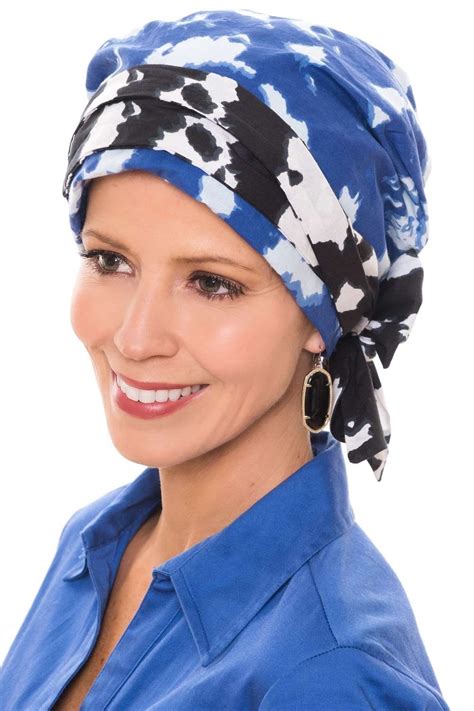Head coverings have been worn by women for centuries across various cultures and religions. From the hijab to the turban, these garments have served both practical and symbolic purposes. Today, head covers continue to play a significant role in the lives of many women around the globe.

Global Statistics
- According to a 2022 study by Pew Research Center, an estimated 1.8 billion Muslims worldwide wear the hijab.
- In India, over 200 million women wear the dupatta, a long scarf that covers the head and shoulders.
- Approximately 6 million Sikhs worldwide wear the turban, a symbol of their religious identity.
Cultural Significance
Head coverings hold deep cultural significance in many communities. They can represent:
- Religious beliefs: Head coverings are often associated with specific religious practices and beliefs.
- Cultural identity: Head coverings can serve as a way for women to express their cultural heritage and traditions.
- Modesty: In some cultures, head coverings are considered a sign of modesty and respect.
Benefits
Beyond their cultural significance, head covers offer several practical benefits:
- Sun protection: Head coverings can shield the head and neck from harmful UV rays.
- Temperature regulation: Head coverings can provide warmth in cold weather and coolness in hot weather.
- Hair protection: Head coverings can protect hair from damage caused by dust, wind, and chemicals.
Innovation and Diversity
Today’s head covers come in a wide variety of styles, fabrics, and colors. Designers are constantly innovating to create head covers that are both fashionable and functional.
4 Types of Head Covers for Women
| Type | Description | Examples |
|---|---|---|
| Hijab | A headscarf that covers the head and neck | Square, rectangular, or triangular |
| Turban | A wrapped fabric that covers the head | Sikh turban, Indian pagri |
| Dupatta | A long scarf that covers the head and shoulders | Indian dupatta, Pakistani chaddar |
| Beret | A soft, rounded cap | French beret, Basque txapela |
Tips and Tricks
- Choose a style that complements your face shape. Round faces suit shorter, fitted head covers, while oval faces can wear a wider variety of styles.
- Experiment with different fabrics. Silk, cotton, and wool all offer unique textures and benefits.
- Accessorize your head cover. Pins, scarves, and jewelry can add a touch of flair.
- Wear your head cover with confidence. A head cover is a statement of your identity and beliefs. Wear it proudly!
Common Mistakes to Avoid
- Wearing a head cover that is too tight. This can cause discomfort and hair loss.
- Using a thin fabric that does not provide adequate protection. A head cover should protect your hair and skin from the elements.
- Ignoring the cultural and religious significance of a head cover. Be respectful of the traditions and beliefs associated with different types of head coverings.
Step-by-Step Approach to Wearing a Head Cover
- Start with clean, dry hair.
- Choose a head cover that suits your style and needs.
- Place the head cover on your head, securing it with pins or ties as necessary.
- Adjust the head cover to ensure a comfortable and secure fit.
- Add any accessories, such as scarves or jewelry, to complete your look.
Conclusion
Head covers for women are a diverse and meaningful part of many cultures and religions. They offer practical benefits, cultural significance, and personal expression. By understanding the different types of head covers, their cultural significance, and how to wear them effectively, you can enhance your style and appreciate the rich tapestry of head coverings worldwide.
